What Makes for an Appropriate Vestibular Referral?
|
|
Audiologists are routinely on the receiving and giving end of referrals for vestibular evaluations. Typically, these referrals are grounded in clinical suspicion (case history) or preliminary clinical findings (e.g., bedside examination, asymmetric hearing loss, fluctuant low-frequency hearing loss, etc.). There are instances, however, when the clinical presentation is ambiguous, and sometimes a referral seems warranted despite clearly non-vestibular findings. This course will discuss what constitutes an appropriate referral, highlighting the importance of case history in determining whether vestibular testing is appropriate and what procedures should be considered.
After completing this session, you will be able to:
- Describe the importance of reviewing case history to inform vestibular testing decisions
- Identify the factors that determine whether to use a “wait and see,” “watch and see,” or “act now” approach for a referral
- Explain to medical colleagues the basis for appropriate vestibular referrals and implications of referral decisions
Continuing Education
- ASHA CEUs: 0.05 PDHs: 0.5
- Dates: 8/1/2015 to 8/31/2015
- Instructional Level: Intermediate
Product Information
- Item #(s): WEB15254F
- Client Age: Adults
- Format(s): Streaming Video
- Language: English
- Author: Kenneth Henry, PhD, CCC-A
- Table of Contents
- FAQs
Presenter Information
 - Kenneth Henry, PhD, CCC-A
Want more FREE CEUs?
- Check out our upcoming schedule!
 Share your thoughts! Share your thoughts!
- #ASHAfree15
|
|

